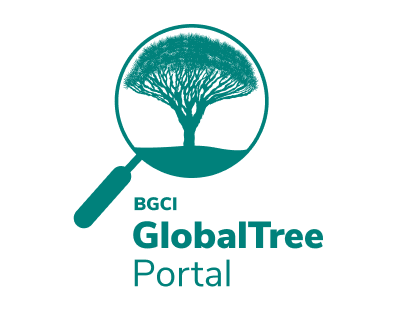Science Communication
- Interpretation
- Working with Diverse Audiences
- Science Communication
- Evaluation and Research
- The Social Role of Botanic Gardens
- Participatory Approaches
- Inquiry-Based Science Education
There are a wide range of terms related to how science is shared with the public including science communication, public engagement with science, science outreach, public understanding of science, lifelong science learning and scientific literacy. In its simplest form science communication is about getting science from scientists to non-scientists and this can occur in a number of ways either directly from the scientist or via science communicators and educators. Contemporary science communication however is about much more than providing people with information. Solutions to many issues, e.g. climate change, require an inter or transdisciplinary disciplinary approach where fields such as technology, engineering and social sciences all play a part. The process is therefore about creating opportunities for dialogue and so the communication needs to occur in more than one direction and between various different groups e.g. the scientific community, the public, industry, government, the media and museums and science centres.

Botanic Gardens are science centres concerned with research on and conservation of plants and their habitats and as such have a key role to play in communicating the value and importance of plants and sustainable lifestyles; they are also ideally placed to provide space and opportunities to encourage interaction about plant based issues amongst these varied groups, a role that BGCI has been promoting. BGCI is involved in a number of science communication activities such as production of several publications including several on-line e.g. ‘Cultivate’, ‘Roots’ and BG journal as well as a number of technical reviews, the development of a range of training materials on science communication through an Erasmus + funded training project for Botanic Gardens (LearnToEngage) and through its regular conferences and seminars.
Share





